"Little Miss Muffet Sat on her Tuffet Eating her Curds and Whey"
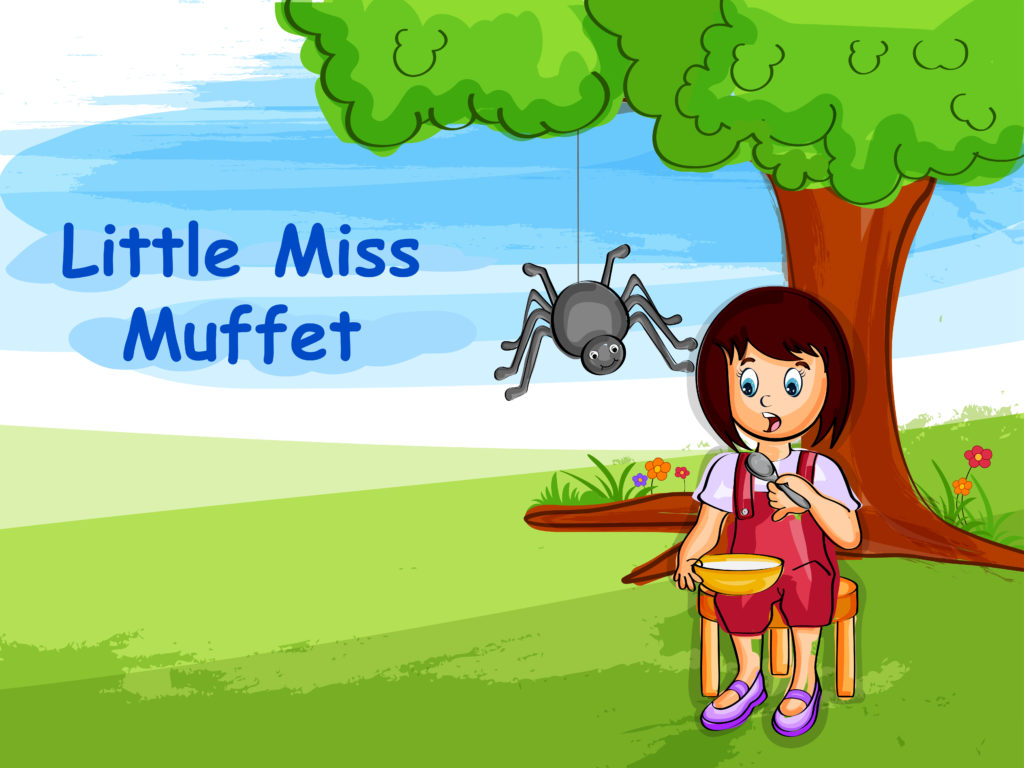
But what are curds? This experiment turns milk into a solid which sets hard when left to dry.
How to make Curds and Whey for Little Miss Muffet
Skimmed milk
White vinegar
Microwave-proof bowl or a pan and hob
Strainer/sieve
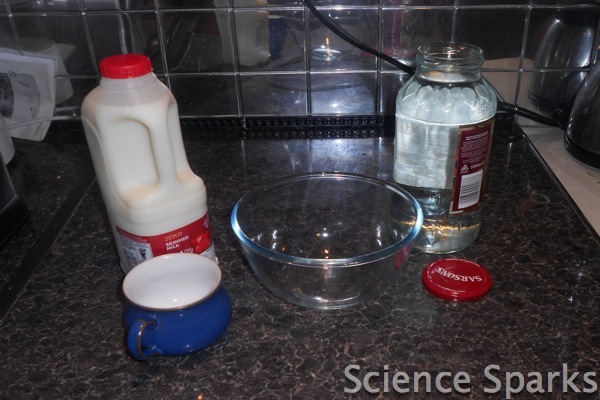
Instructions
- Add four teaspoons of white vinegar to one and a half cups of skimmed milk.
- Microwave the mixture for about a minute or heat on the hob/stove.
- After a minute, the milk and vinegar will separate into a liquid (the whey) and a solid (the curd).
- Strain the liquid and squeeze curds into one big lump. Squeeze out all the leftover liquid.
Remember to ask an adult to help.
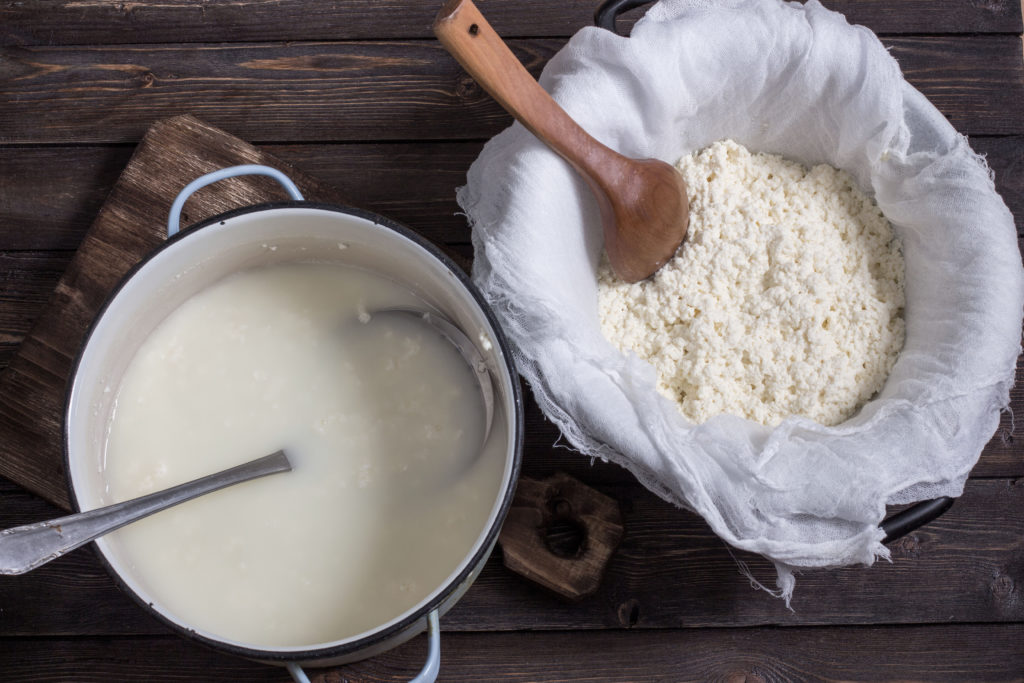
- Allow the curds to cool and then mould into a shape.
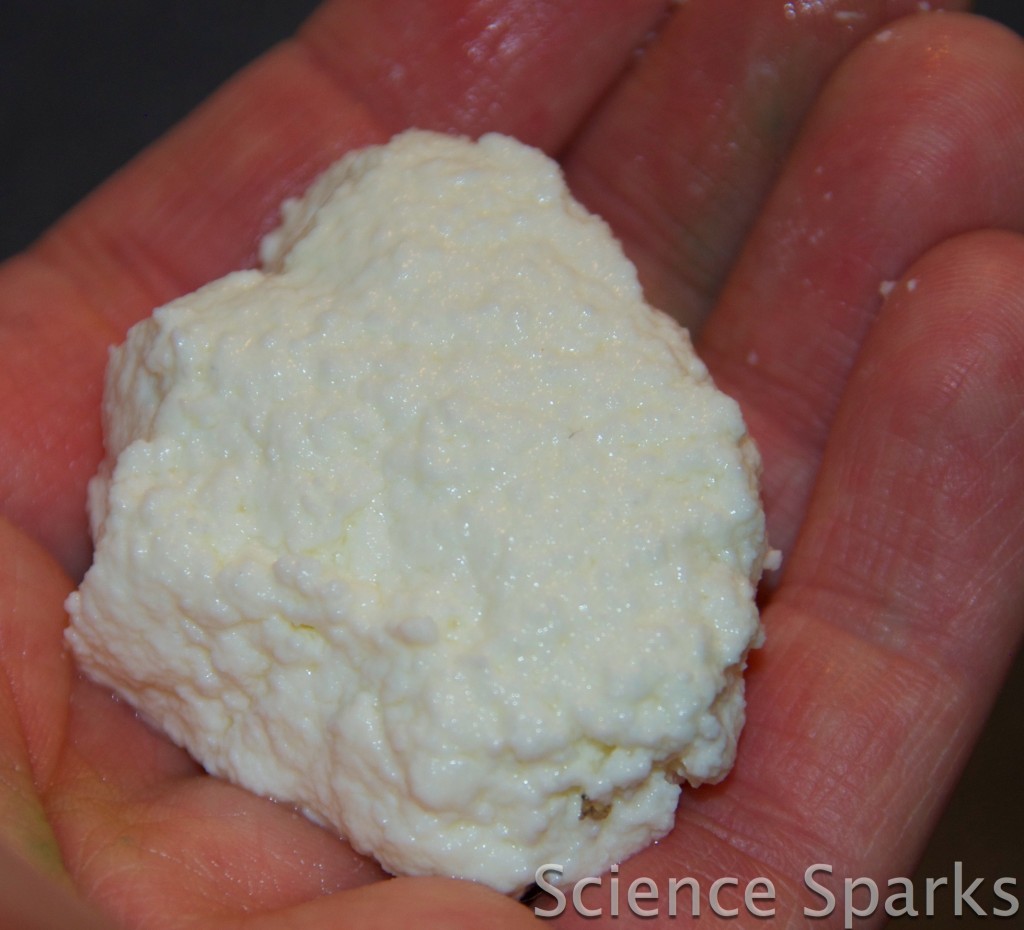
- Leave the curd shape to harden. We call this plastic milk, but it's not really plastic!
What are Curds and Whey?
The vinegar creates a chemical reaction which makes the milk separate into two parts, a solid (the curds) and a liquid (the whey.)The protein in the curds is what makes it act like rubber.
If you enjoyed this Little Miss Muffet activity, you'll love our Humpty Dumpty and Incy Wincy Spider activities too!
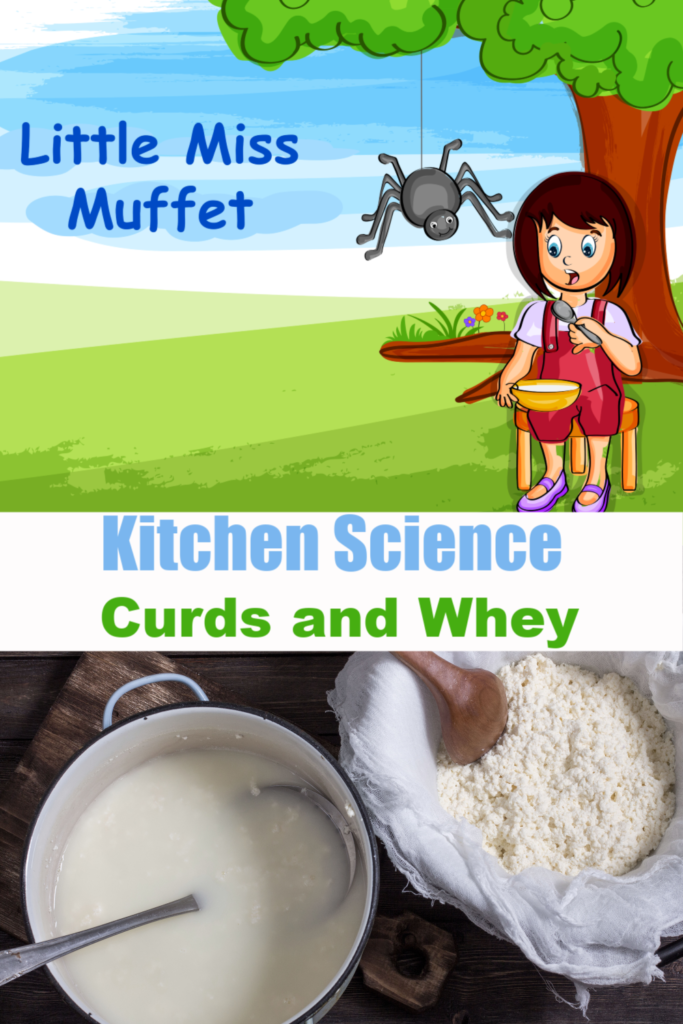
Last Updated on February 15, 2023 by Emma Vanstone
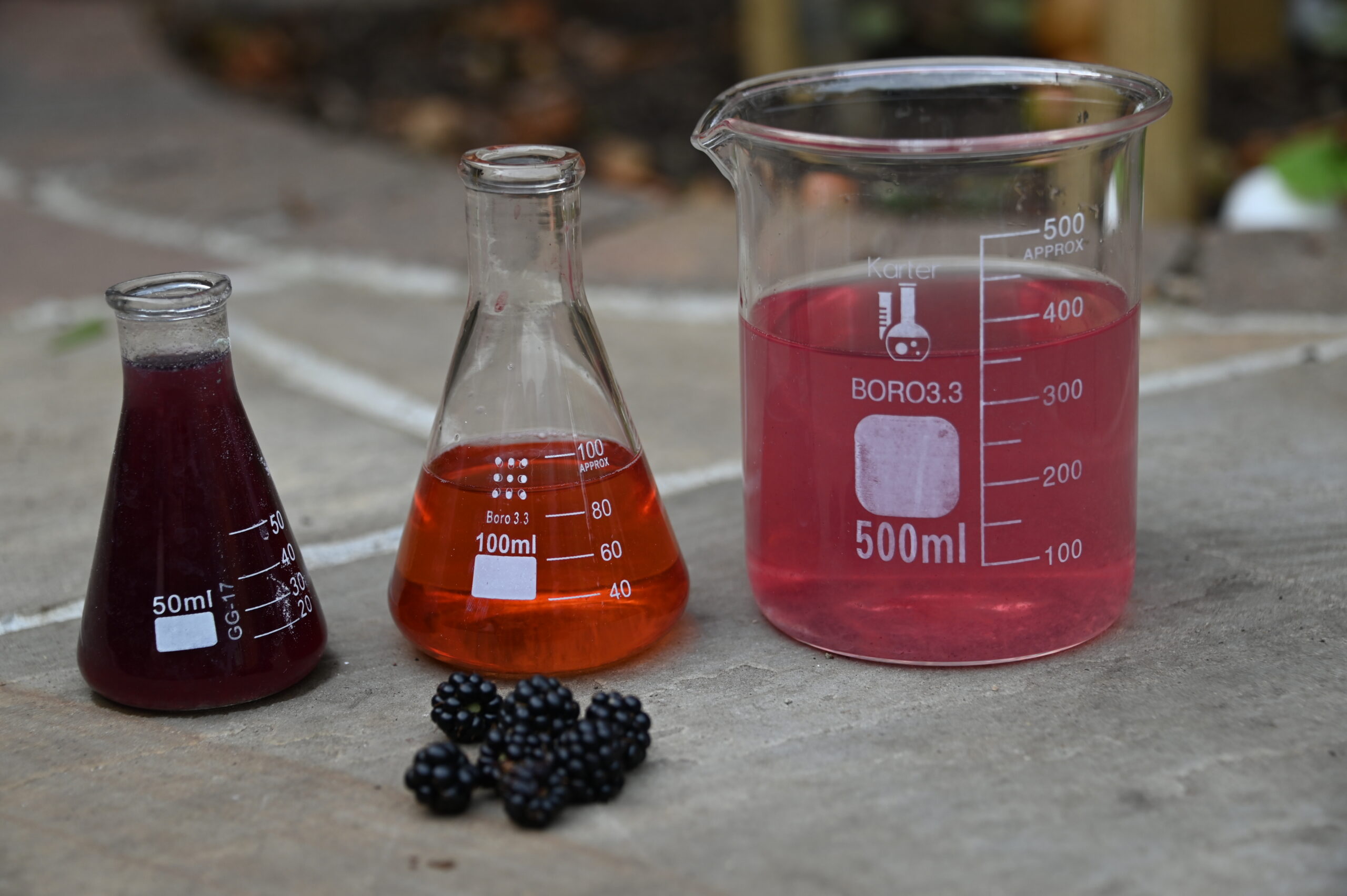
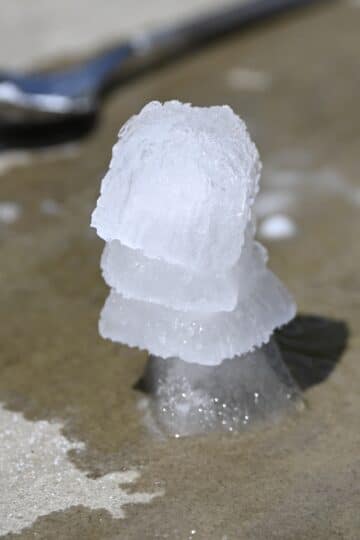
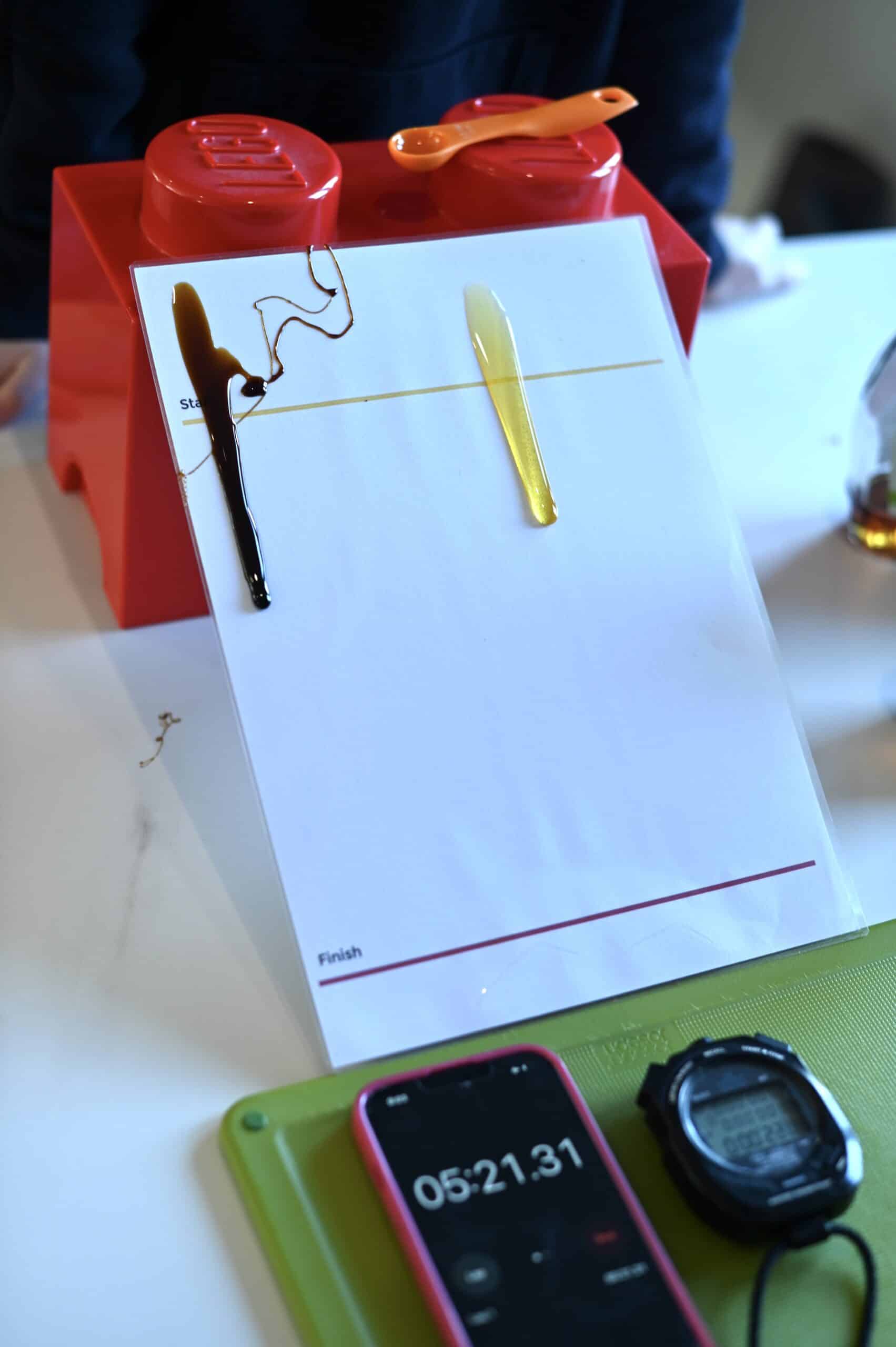
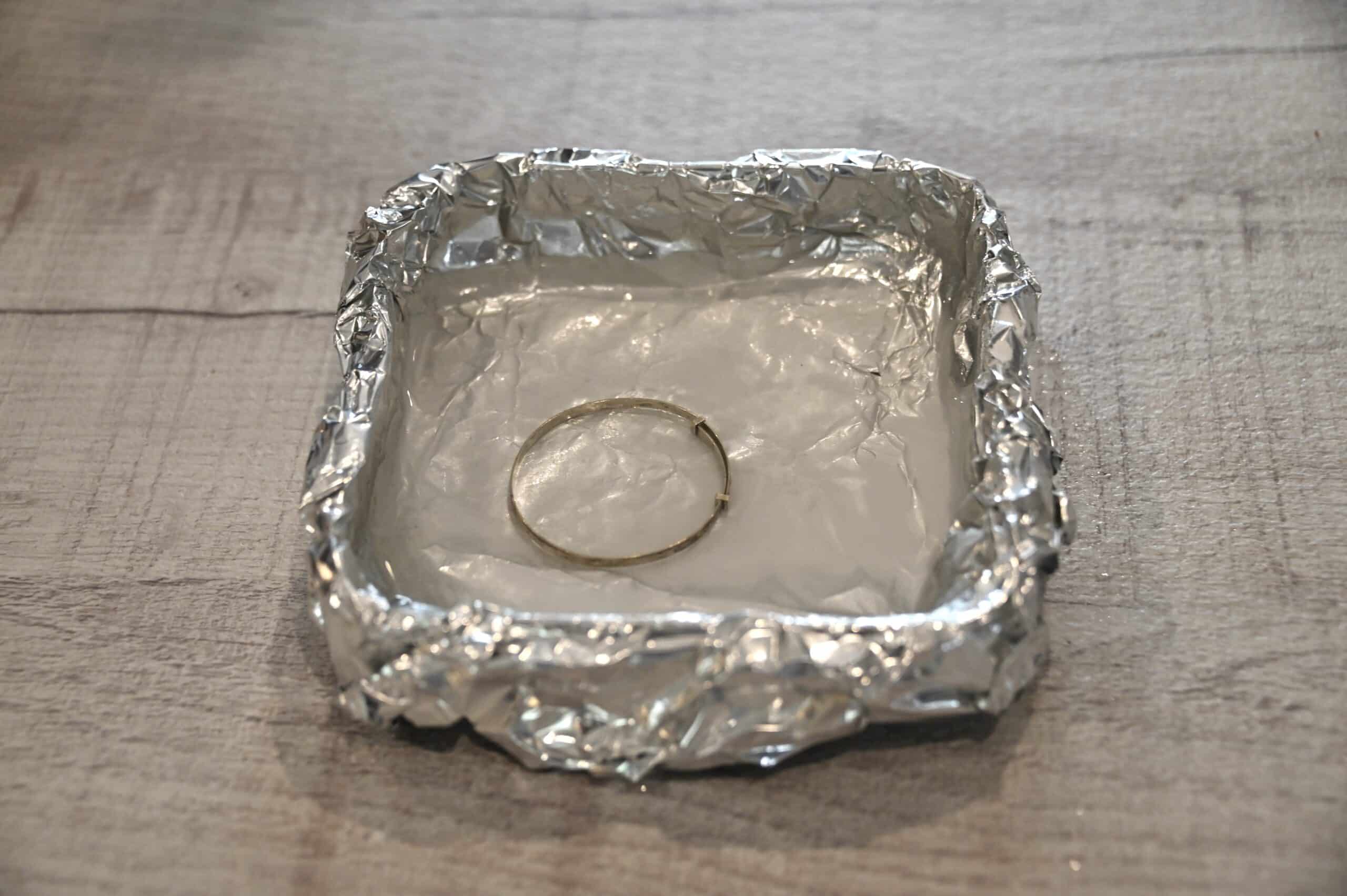
Pati @ A Crafty Escape says
Very cool! My kids would like this!
Found you on abcand123learning's Show & Tell.
Multiple Mummy says
Thanks for coming to take a look. Have a go, it is so easy!
Mom to 2 Posh Lil Divas says
what a fun experiment! i know my girls would find this interesting. thanks for sharing!
ScienceSparks says
Thanks you. Let us know if you try it. x
Ashley says
We did something very similar to this in my 7th grade science class and to this day I can't eat cottage cheese (it looked too much like it).
ScienceSparks says
Ha ha! I hope we don't put anyone else off! x
maggy,red ted art says
If you add enough vinegar, could you make something that won't go off - i.e. could this be a new "type of playdough" could you make something with it? I have random thoughts, you don't really have to answer that.
Thank you for joining Kids Get Crafty!
Maggy
Renu says
Hi. I love you site.
The Plastic milk that you have made is also known as paneer. Its a sort of cheese used in Indian cooking especially in the northern regions. We use lemon juice or vinegar to separate the milk. Its then, kept in a cheese cloth and hung, of which the whey drains out and the end product is allowed to become firm.
G.SREENIVASULU says
what chemical reaction occurs between milk and vinegar?